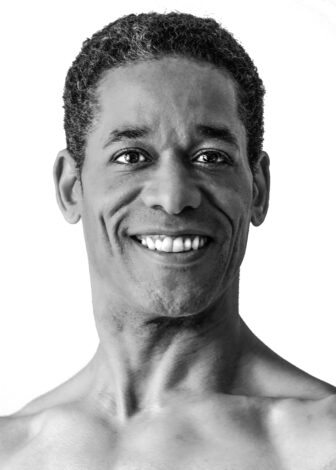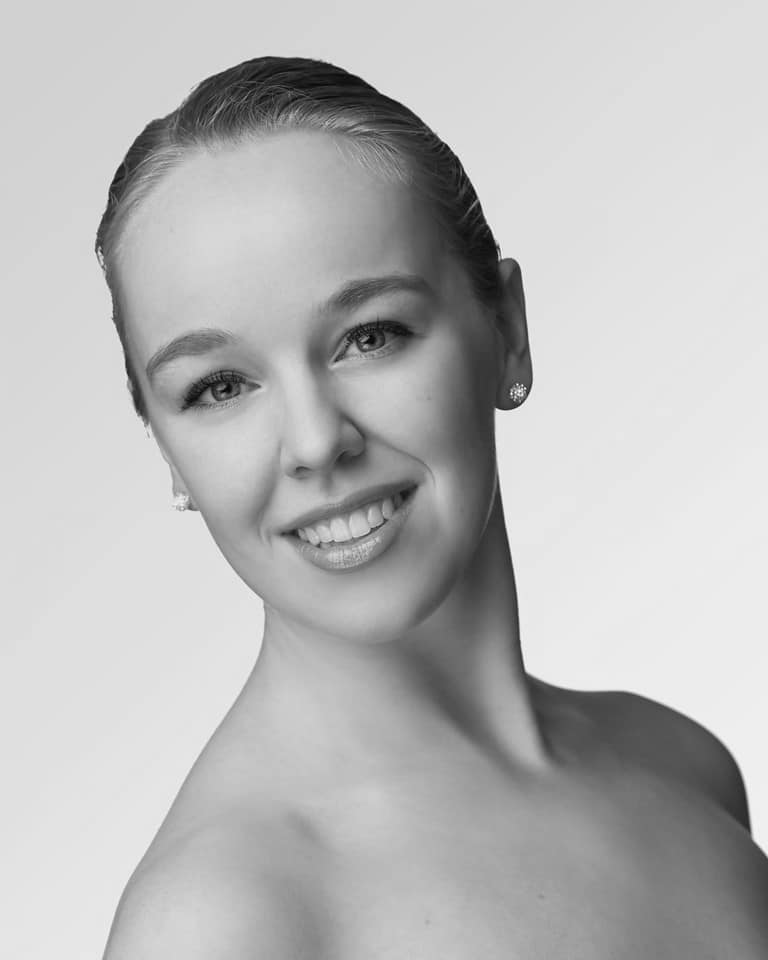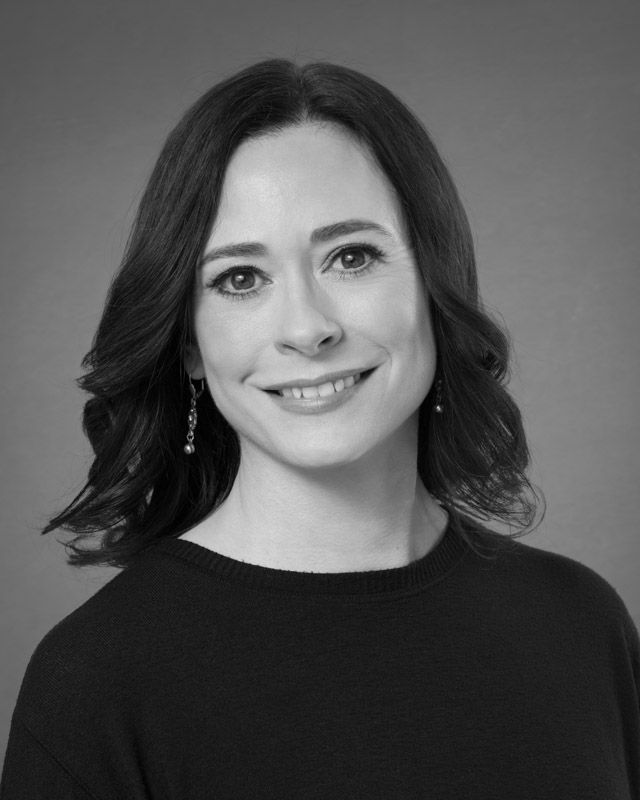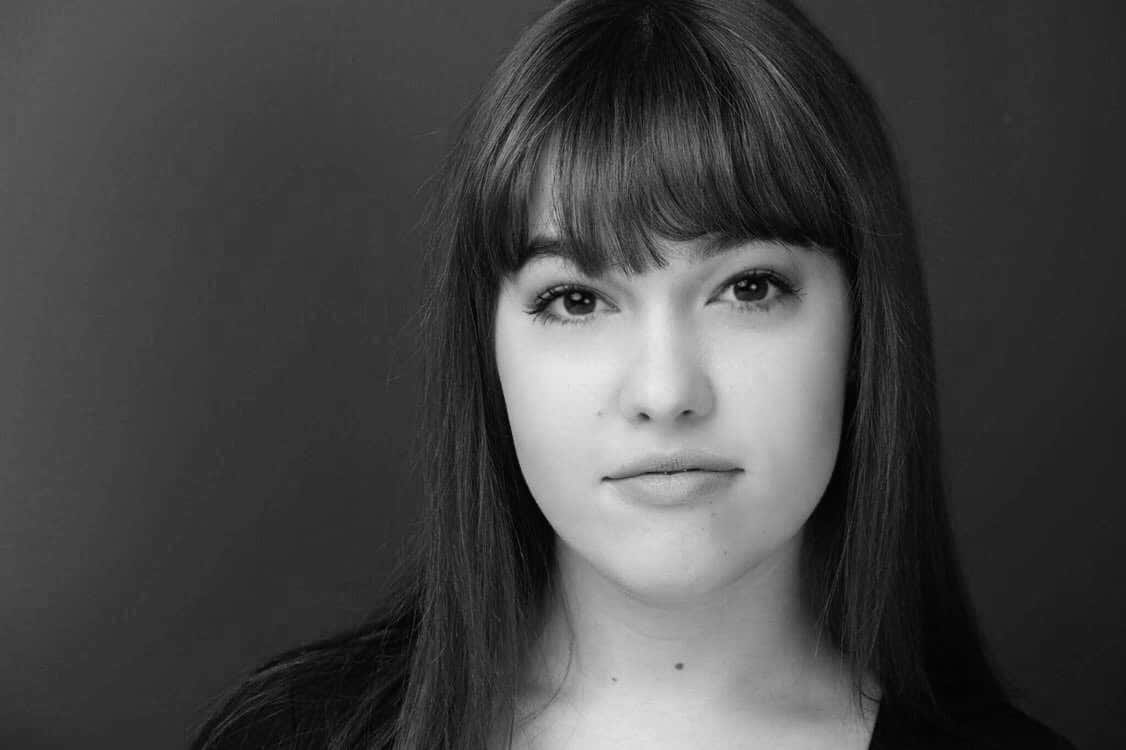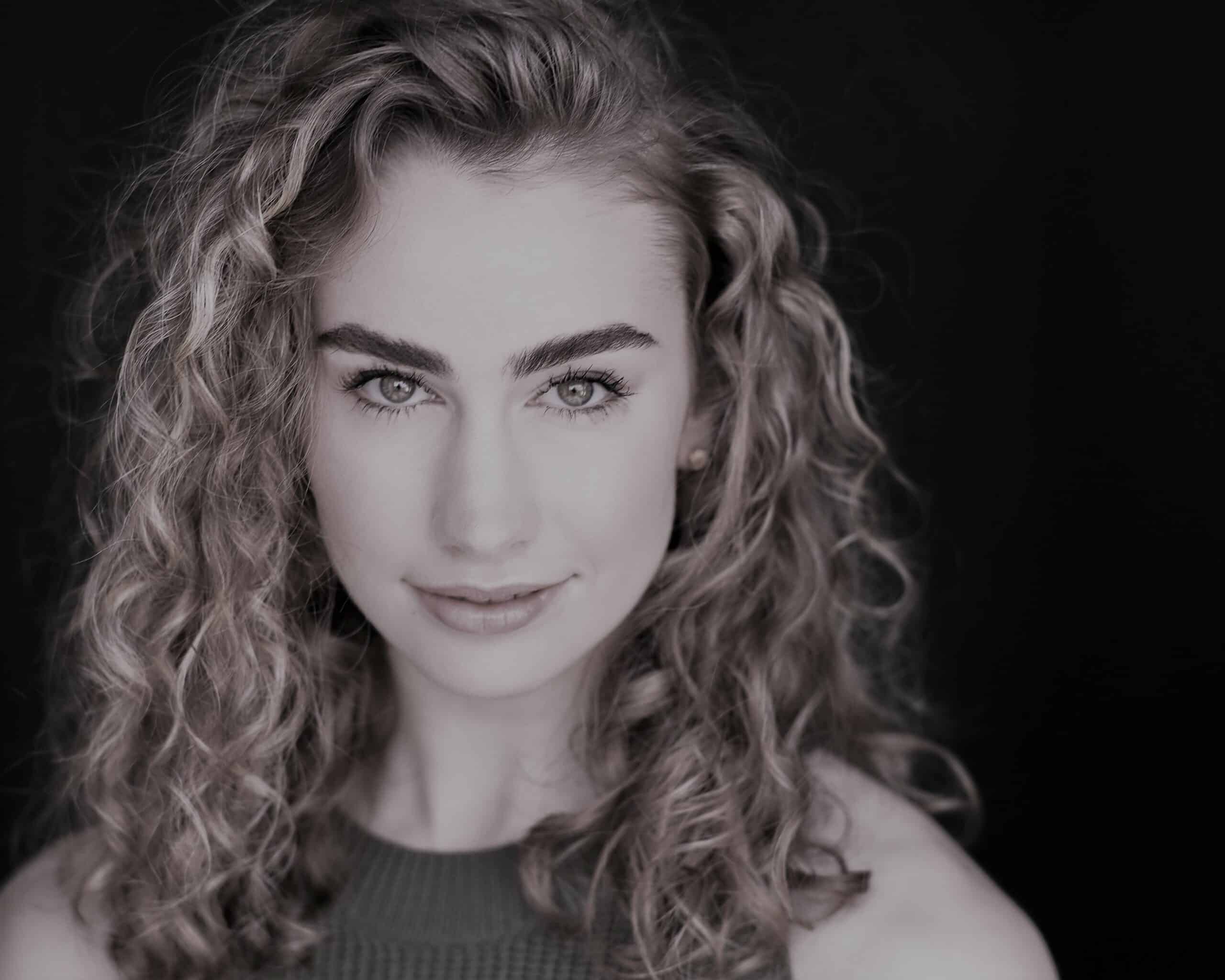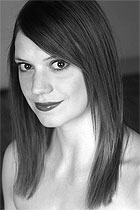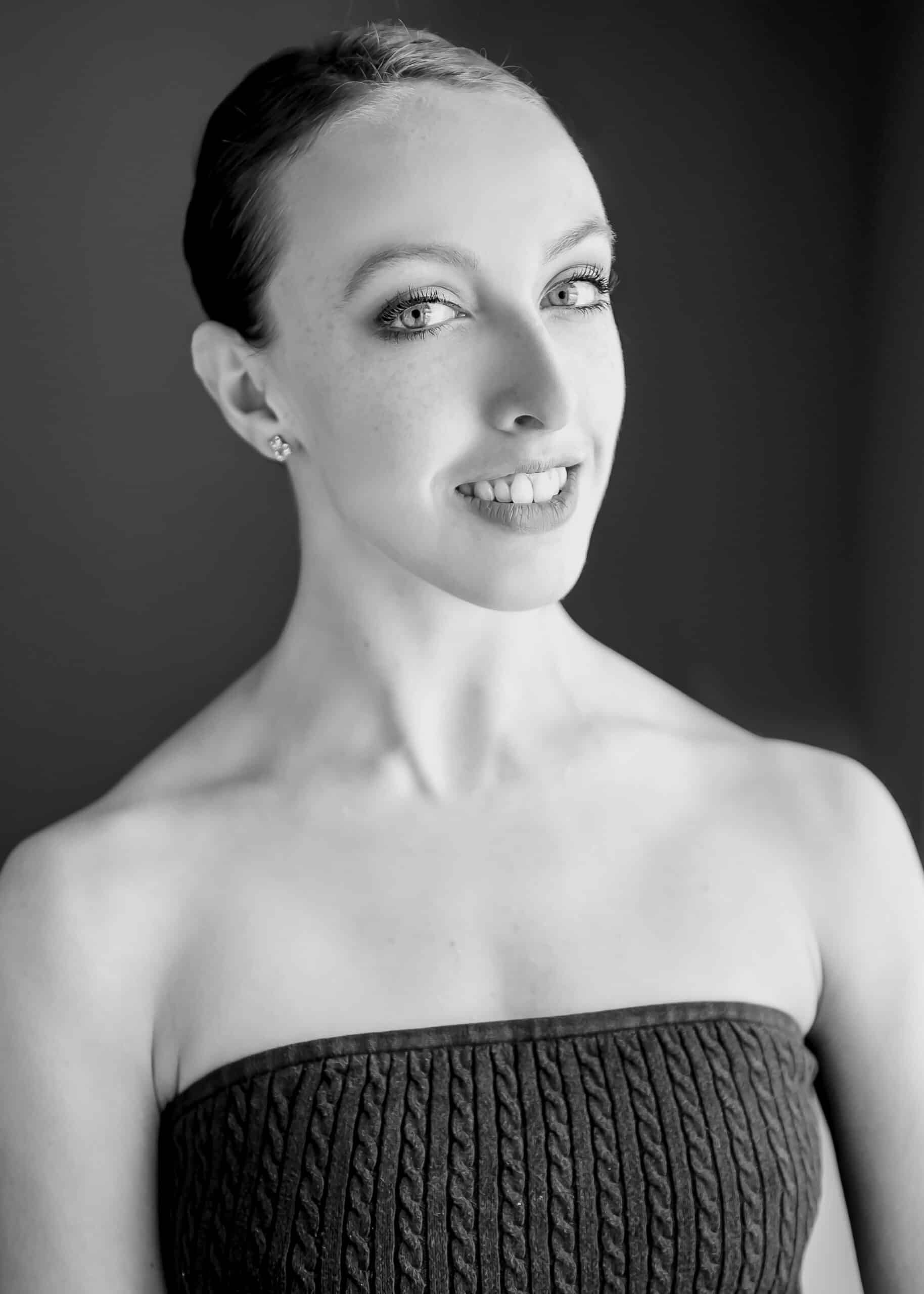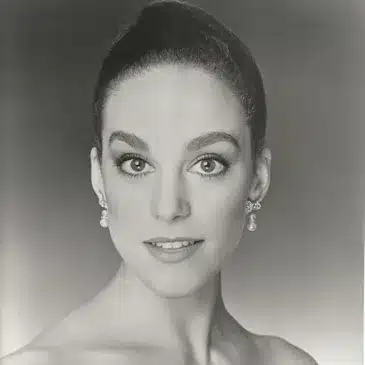FAQs
We have listed some very frequently asked questions and some informative answers for you.
Young Dancers Program Levels
Our young dancer program levels place children according to developmental milestones according to age and academic placement. For the 2024-25 season, our age cutoff date is September 1, 2024
• Dancers entering Kindergarten in Fall 2024 are placed in Pre-Ballet for Kindergarten.
• Dancers entering Kindergarten in Fall 2025 are placed in Pre-Ballet for Pre-K.
• Dancers not entering Kindergarten until Fall 2026 are placed in Dance for 3’s Independent, and must be 3 by September 1, 2024.
• Dancers who are 2 by September 1, 2024 and older three year olds not ready to dance independently are placed in Dance for 2s and 3s with Companion.
• Dancers should be prepared to spend 2-3 years in any given level, and sometimes even longer.
• Dancers should expect to be placed according to their own individual abilities and training experience, never based on age.
• New students should be assessed by faculty in a trial placement class when possible.
• Dancers entering First Grade through Third grade, regardless of prior dance experience, are placed in our Level I which expands upon our pre-ballet curriculum.
• Dancers can expect a progress report emailed to them at the end of the Fall semester to enhance and reinforce the verbal feedback they have received in class all semester.
• Dancers should understand that while Ballet is not required to study other disciplines, those taking ballet almost always advance more quickly in their other disciplines. Similarly, those taking multiple classes per week generally advance more quickly as well.
• Consistent attendance and prompt arrival to the start of class is vital to the success of the dancer’s progression in training.
• Dancers can expect to spend more time in each level than in previous years. We have five levels to accommodate twelve grades of school, and dancers spend time at the introductory level, time working AT their level, and time fine tuning at the advanced stage of each level. Many students wish to skip the last step, and “be challenged” amongst the higher level before they are ready to benefit. Skipping the stage of advanced learning in each level is detrimental to a dancer’s growth and causes for gaps in training. Please trust the professional expertise of your child’s instructors, Executive Director, and Educational Director to ensure a thorough, healthy, complete dance education. There are no short cuts in dance training. We encourage the self-disciplined strategies of self-challenge and deep investigation of technique at the level they are working in. A little encouragement at home goes a long way to support what we are teaching in class and what is reflected in progress reports and verbal feedback.
While many schools offer various dance-style themed classes, we believe that children are best served with a strong foundation in creative movement and pre-ballet before their young bodies are able to execute advanced stylized movements, and before their minds are able to process the nuanced and mature concepts. Thus, our dancers get a well-rounded foundation in dance education through our extensive pre-ballet curriculum offering age-appropriate creative exploration through a structured class syllabi.
Dancers should have an awareness that when multiple months are taken off over the summer, progression is lost and needs more time to be rebuilt upon return to the studio. While every dancer has different goals, it is unreasonable to expect that a dancer training on and off will yield the same results as a dancer training year-round.
Dancers in Levels I and II are introduced to the basic concepts of Contemporary and Modern disciplines, and by Level III can choose to study them exclusive of each other.
Modern Dance covers the era of dance after the turn of the twentieth century up to the present time. At RCD, students learn the technique of American Modern Dance pioneer Martha Graham, whose work, like other modern dance greats of the time, challenged traditional ballet, creating a more humanistic style of dance, paralleling the same movements across all media of the time. This historically significant dance style coincides with the architectural movements of Frank Lloyd Wright, the Cubism of Pablo Picasso, and the scores of Igor Stravinsky. Modern dance is considered to be an essential part of most college dance programs and we are proud to boast a strong modern dance program where students can study as young as First Grade. Musical accompaniment is often rhythmic drumming, tribal World beats, and minimalist piano scores.
Contemporary Dance’s definition varies from studio to studio, and at RCD classes are considered to be influenced by Lyrical Jazz, Ballet, and Modern and offer a more commercial approach to dance. This dance style is featured on many popular dance shows like “So You Think You Can Dance”. Generally, this movement is considered to have followed the Modern dance and art movement, taking us from the experimental dance studies of the 1970’s to today’s commercial dance scene. Musical accompaniment to Contemporary dance ranges from classical compositions, to experimental neoclassical compositions, to popular rock music.
• New dancers must have had at least one year of prior dance training to be eligible to audition.
• Returning RCD dancers must have been enrolled for a full year of ballet (Fall and Spring semesters).
• Dancers must attend the audition to participate.
• Dancers in First Grade and up only may audition, due to the extensive rehearsal and performance schedule.
• Dancers are expected to attend all rehearsals, including tech week leading up to the weekend shows.
• Dancers must attend the Sunday rehearsal of Thanksgiving weekend, which includes a fitting/dress rehearsal.
• Dancers in Levels I-III can expect to receive one role only.
• Dancers in Levels IV and V may receive one or two roles but may opt to have only one role before the audition. This will limit them to one weekend day per week (Saturday or Sunday only) during the main rehearsal period.
• Tiny Dancer, Dance for 2’s & 3’s Companion, and Dance for 3’s Independent celebrate the end of the year in their last June class with invited guests for an informal in-house showing.
• Dance for 3’s, Pre-Ballet for Pre-K, and Pre-Ballet for Kindergarten are eligible for the annual Spring Concert in June and the Holiday Showcase in December.
• Dancers in Levels I – III are eligible for the annual Spring Concert in June and the Holiday Showcase in December.
• Dancers in Levels IV – V are eligible for the annual Spring Concert in June and the Holiday Showcase in December, and may audition for Ridgefield Civic Ballet with the following requirements:
• 3 minimum ballet technique classes per week
• 1 minimum pointe class per week
• 2 additional disciplines per week, one of which must be Modern or Contemporary (the other may be a fourth ballet class)
Pointe work is an extension of ballet training and is reserved for advanced dancers strong enough to execute the demands. Faculty approval is required. We are aware that we typically do not place students en pointe until later than most dance schools. The following factors are considered:
• Dancers must have had at least three full years of ballet training.
• Dancers must be in Level IV.
• Dancers must be at least eleven years old and show growth plate closure to prevent long-term injury.
• Dancers must take a bare minimum of two ballet technique classes per week, though more are strongly recommended.
• Pre-pointe is offered to anyone in Level III taking a minimum of two weekly ballet technique classes. Pre-pointe is not a guarantee of a timeline for going on pointe but is offered to help dancers strengthen and condition in preparation for eventual pointe work during the Level III years.
• For Tiny Dancer and Dance for 2s and 3s with Companion classes, one accompanying adult is expected to participate in each class.
• Passive observation is permitted, but please do not tap on windows or ask to enter the studio from the Main Street doors.
• While our Studio C Main Street windows offer a viewing opportunity, we ask parents to refrain from interacting with children as it causes significant distractions.
• Dance for 3’s Independent and up through Level V invites limited friends and family members to observe one day at the end of each semester.
• Adults are not permitted in the studio for the Dance for 3s Independent class. Some dancers may need more time before they are ready to dance independently.
• For 3-year-olds not ready to separate from their adult, please choose the Dance for 2s and 3s with Companion class.
• At the end of each semester, during the last class, limited additional friends and family members are invited to observe.
• Interacting, participating with, and encouraging the dancer.
• Guiding the dancer and keeping them on task,
• Taking the child to the bathroom,
• The participating adult has an active role, including:
• Additional adults and siblings are not permitted, as more than one adult per child can be too distracting for an optimal experience. This class is not designed to be a full family activity.
• Cameras and phones can be distracting to dancers and faculty.
• At times, faculty may invite you to take pictures or video during visitor weeks, but only if they have ensured that all students in the class have given permission to do so.
• Our curriculum and syllabi are the intellectual property of RCD and RCD Teaching Artists/Faculty.
• Some students are under contractual agreements (such as modeling contracts) which prohibit imaging to be captured without express permission.
• Some parents may not be comfortable with images of their child being taken without permission.
• Students should not arrive more than fifteen minutes early to class and should be picked up promptly at dismissal time.
• If your young dancer cannot attend to using the bathroom by themselves, we ask that you remain in the building (in the Parent Lounge) to assist with any trips to the bathroom. RCD staff cannot assist with bathroom trips, as we are not a licensed and insured daycare facility.
• Dancers should never be inside studios unattended, including during parent participation classes. Please do not bring your child into the studio or let them enter before the instructor invites them in.
• RCD does not have staff available to supervise children outside of their class times.
• Students should not be in the building during days and times when they do not have classes.
• Parents, siblings, and caregivers should use the parent lounge, but only dancers should use the student lounge and dressing rooms.
As a conservatory, we follow industry standards of classical theatre dance. Dress codes are a traditional part of a proper dance class. It allows faculty to see postural alignment and allows us to make adjustments. Our dancers take pride each time they advance to the next level’s “color” leotard and provides a consistent, uniform look to each group of dancers. Young dancers must wear hair away from the face in a ponytail, bun, or other up-do, and by Level I must wear a bun for ballet classes
• RCD was established as a nonprofit organization following the passing of its founder, Patricia Schuster.
• RCD enjoys a board of directors comprised of professional volunteers who oversee the wellness and success of RCD’s leadership and programming.
• As a nonprofit, we are eligible for funding resources that help support our involvement in community-engaged projects.
• As a nonprofit organization, we are committed to serving the communities of Ridgefield and surrounding areas, including Wilton, Redding, Danbury, Katonah, North Salem, South Salem, Waccabuc, Cross River, and Brewster in New York. Our students come from local areas like Ridgefield and as far as Ossining.
RCD boasts a professional faculty, many who are still active, high level performing artists for dance companies, some of which are world-renowned. Our faculty members have been members of prestigious dance companies or freelance performers with extensive careers. RCD supports its teaching artists by encouraging performing opportunities. This means that our teachers are staying active and are relevant in the professional dance community. Thank you for understanding that sometimes teachers are engaged in touring commitments. RCD always provides top-notch guest artists to cover in those cases.
